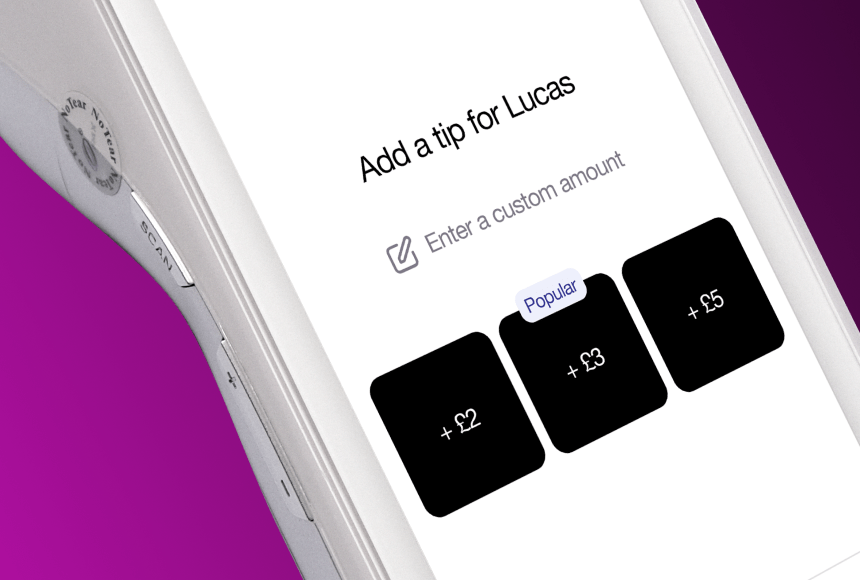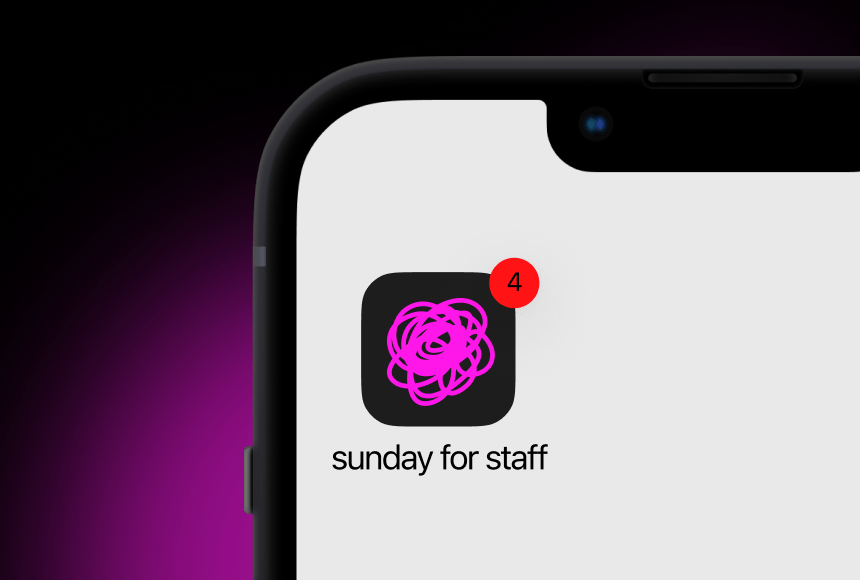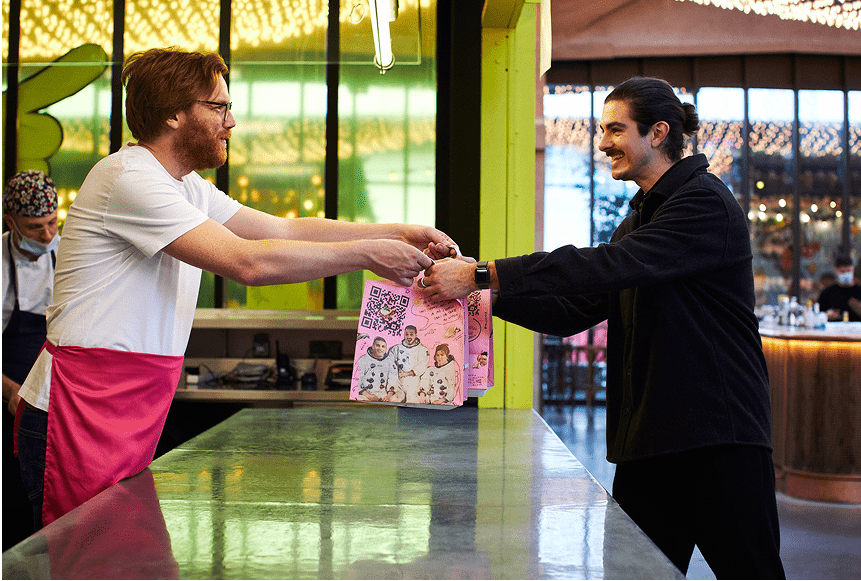
Could Your Payment Terminal Be Depleting Your Servers’ Hard-Earned Tips?
The Landscape of UK Tipping: A Brief Warm-Up
You’ve plated up the perfect dish, offered impeccable service, and ensured your guests leave with a smile. Then comes the moment of truth: the tip. In many UK restaurants, tipping is not just an extra token of kindness – it’s a key component in your staff’s overall earnings. With more than half of UK diners saying they tip “most or all of the time” when dining out, it’s clear that tips remain a vital part of the restaurant ecosystem.
But with the rise of contactless payments, online ordering, and other conveniences, payment habits have changed. These shifts can directly impact tip amounts. Many restaurant owners suspect their card machine – that little piece of technology we rely on to process payments – might be inadvertently costing them tips. Are these suspicions warranted? Or are there easy fixes to ensure your staff enjoys every well-deserved gratuity?
Below, we’ll dig into the realities of card-based tipping, how different payment systems can alter your take-home pay, and savvy ways to optimise your tip culture. Think of this as a friendly consultancy session from someone who’s visited the front lines of the dining room time and again. We’ll serve up the facts, best practices, and subtle tweaks so you can see if your card machine is quietly eating away at your servers’ tip jar.
When the Tech Gets in the Way of Tipping
Even the most modern piece of culinary equipment can sometimes hamper the final flavour of a dish. The same holds true in the payment process. Extra steps or confusing payment interfaces might cause confusion among guests who are simply trying to settle up and get on with their day. Here’s how a payment terminal might be influencing guest tipping behaviour:
- Multiple Screens: Some card machines require additional screens or menus for gratuity input. Guests could skip the tipping step if it’s not seamlessly integrated, or if it feels clunky.
- Unclear Prompts: If the machine design doesn’t display clear instructions for leaving a tip, diners may ignore the option altogether.
- Awkward Social Pressure: Overly direct prompts like “Would you like to tip your server?” on a large screen (right in front of the server) can sometimes cause guests to either tip grudgingly or decline altogether, reducing authenticity and comfort.
- Slow Connectivity: A connection that’s lagging can lead to guest frustration. A grumpy customer might be less inclined to leave a kind gratuity.
On the surface, these might seem like small hiccups. But repeated over hundreds of transactions each week, they can quickly sap your total tip count. The good news? A few minor adjustments can seal these cracks in the system.
Reading the Signals: Is Your Card Machine Guilty?
You might be asking, “How do I know if my terminal is the culprit?” While it can be tempting to blame a slow night on the technology, there are red flags that suggest your setup might need a refresher:
- Complaints or Comments: If guests mention that your payment device is complicated or if they frequently ask how to add a tip.
- Dips in Tip Averages Post-Upgrade: After switching to a new terminal, you notice an immediate decline in average tips.
- Servers Critique the Workflow: Your team complains that it takes an extra prompt or two for customers to add tips, reducing the overall likelihood it happens.
- Visible Hesitation: You or your team spot customers hesitating, looking at the payment screen a little too long, and ultimately skipping the gratuity.
If these sound familiar, your card machine could be scaring off tips. As they say, knowledge is half the battle. The next step is figuring out why. Sometimes it’s the hardware, sometimes it’s the software, and sometimes it’s the entire payment flow. Identifying the weak link can help you rework your approach and give your revenue stream a needed boost.
Spotlight on Service: Remember the Human Element
Digital payments are soaring, with contactless overtaking cash in several areas of the UK. Yet the restaurant business remains a fundamentally human affair. No matter how sleek and efficient the technology, the warmth of an attentive server can make or break a guest’s tendency to tip. In that sense, your card machine is only part of the equation.
Staff training is critical. If your team seems flustered overseeing complex payment screens, guests may feel the friction and leave smaller gratuities. Encourage staff to:
- Guide the Process: Politely prompt guests on how to add a tip if the interface is not entirely intuitive.
- Offer Choices: Mention that diners can tip using cash or card so they don’t feel cornered or pressured.
- Keep it Brief: A few helpful words go a long way: “Just follow the prompts on the screen, and if you’d like to leave a tip, you can add it here.”
This direct, friendly approach addresses the issue early and confidently. When staff know the system inside out, that confidence rubs off on the diner, who feels more at ease about the tipping process.
Payment Interfaces: Making Room for Choice and Convenience
Ever walked up to a buffet and been overwhelmed by options? While variety is great, it can lead to decision fatigue. Similarly, your payment interface needs to balance offering tip flexibility with not confusing or pressuring diners. Some best practices include:
- Clear and Simple Screen Layout: Make tip amounts obvious: for instance, fixed suggestions of 10%, 12.5%, and 15%, plus a custom tip option.
- One-Click Confirmation: If possible, set things up so the tip is automatically calculated once selected. Avoid multiple steps.
- Seamless Flow: If your POS system requires a subtotal confirmation before tipping, ensure the next step clearly displays the tip prompt. Keep the chain of events short and logical.
- Respect the Setting: In fine dining, a subtle approach may be more fitting, whereas in casual venues, bolder prompts could be acceptable. Match your device’s style to your brand identity.
Think of your payment interface as an extension of your restaurant’s ethos. If you pride yourself on offering straightforward service and transparency, reflect that in the tipping prompts. Sophisticated and minimalist? Mirror it in your screen layout. It all weaves a cohesive brand experience that guests appreciate.
When Alternative Payment Solutions Step Up
Despite the convenience of a standard card machine, it may have limitations. More restaurants are switching to alternative solutions like scanning a QR code on the table that routes guests to a digital payment page. This approach is often simpler, more intuitive, and can gently nudge guests toward leaving a tip by integrating the suggestion even before the final step.
That’s where platforms such as sunday come into play, offering a user-friendly alternative. The idea is to give diners the freedom to pay at their own pace. They can add a tip with a few taps, without the dramatic flourish of someone standing over their shoulder. This friendly autonomy often leads to bigger, more confidently given gratuities. It’s just like letting guests serve themselves another ladle of gravy – if you give them easy access, they might appreciate the generosity more.
And with a digital payment solution, your staff can spend more time building relationships with customers and less time running back and forth to the card terminal. It’s a win-win for efficiency and tip-earning potential.
An Analytical View: What Are the Real Costs?
Let’s put on our accountant’s hat for a moment. You’ve probably done a thorough cost-benefit analysis of your staff wages, ingredient purchases, and general overheads. The same logic applies to your payment system. If the convenience fee or monthly cost of your current card machine is overshadowed by lost tips or staff dissatisfaction, is it really serving your restaurant?
Consider setting up a quick comparison chart to weigh your options. Here’s a straightforward example:
| Solution | Monthly Fees | Transaction Fees | Tip-Friendly Features | Potential Impact on Staff Tips |
|---|---|---|---|---|
| Traditional Card Machine | £X/mo | X% + 20p | Basic Tip Entry, multiple steps | Can be hindered by confusion or slow connections |
| QR Code Payment | £Y/mo | Y% + 10p | Integrated Tip Prompt, seamless | Often higher tips due to ease and privacy |
Of course, every restaurant’s numbers will look different. The key is to be transparent with staff and consistently assess whether your chosen solution is boosting or blocking their tip potential. If the idea of maintaining the status quo leaves you with a pit in your stomach, it might be time for a change.
Nurturing a Tip-Friendly Culture in Your Restaurant
Yes, the technology matters. But the intangible culture of your restaurant also plays a giant role in tip generation. If your staff are enthusiastic, knowledgeable, and genuine, customers sense that attitude and often reflect it in their gratuity. How can you cultivate this tip-friendly environment?
- Team Training: Organise short sessions on communication skills, upselling techniques, and etiquette. Well-trained staff consistently lead to better tip outcomes.
- Appropriate Service Pace: Rushed service can annoy customers, while a painfully slow pace can diminish the overall experience. Striking that balance leads to more positive feedback and, you guessed it, bigger tips.
- Clear Tip Policies: Tell your team how tips are distributed. Is it a pooled approach? Do bartenders and runners share in the spoils? Transparency helps settle disputes and fosters a harmonious tip-sharing environment.
- Empower Staff: Encourage servers to check in with guests at the right times. Let them confidently recommend pairings or special items. That authority nurtures trust and can spark higher tips if customers are happier with their overall experience.
Remember, your tipping culture stems from the moment a guest steps through the door. Every exchange, from a simple greeting to the final settlement, can shape a diner’s perception. Combine that with a well-thought-out payment method, and you’ve set up the perfect recipe for boosting tips.
A Case Study: From Grumbling to Gratitude
Imagine a mid-sized brasserie in Borough, London. Let’s call it The Golden Fork. For years, they’d relied on a standard card terminal from a major provider. Though it worked fine, the manager started noticing staff complaints: “Customers don’t know where to press for the tip!” or “They end up pressing Cancel out of confusion!” Over time, the average tip percentage slipped from around 10% to 7%. Multiply that across the entire staff, and it was a noticeable ding in morale (and wallets).
After a quick cost analysis and a few team discussions, The Golden Fork rolled out a more modern, QR-based system. Guests now scan a code at the table, settle their bill on their phone, and add an optional tip – all without a staff member hovering near them. So far, their new approach has delivered:
- An Uptick in Tip Percentage: Tips climbed from 7% to a healthy 11% of total bills.
- Staff Satisfaction: Servers appreciate that tipping is more discreet and comfortable for guests. They also save time by skipping the card machine run.
- Positive Feedback: Online reviews increasingly mention quick and easy checkouts, with guests praising the “no fuss, no pressure” approach.
This mini success story isn’t magic; it’s simply the result of pairing an efficient payment flow with a great atmosphere. The Golden Fork’s staff felt empowered because they no longer had to coax tips from confused guests, and the numbers back them up.
Boosting Your Tips with Subtle Tweaks
Minor changes can often produce major results. Here are a few final suggestions, or “spice rubs” you can add to your existing tip strategy:
- Remind, Don’t Demand: You might hang a polite sign near the bar or on table stands clarifying how to add a digital tip, or even just a gentle mention on the menu. Transparency is key.
- Offer Physical Receipts and Digital Receipts: Some guests still prefer to tip in cash or see an itemised receipt before tipping. Options, options, options.
- Custom Tip Suggestions: If your average tab is £50, consider suggested tip percentages that align with local norms. Too high of a starting suggestion can turn customers off; 10% or 12.5% are common baselines in the UK.
- Staff Awareness: Emphasise the importance of the “thank you” in the tip process. Even a quick “Thanks for your generosity tonight!” can go a long way in building guest goodwill for the next visit.
The art of tipping, like the art of cooking, thrives on subtlety. If you push too hard, you may trigger the opposite effect. If you’re too timid, you risk missing out. Aim for just that right measure of clarity, convenience, and warmth.
Bring It All Together: A Look Toward Sustainable Solutions
As habits evolve in the modern dining world, and more people rely on contactless and mobile payments, it’s crucial to embrace these shifts rather than fight them. Restaurant owners who adapt their payment technology improve the overall guest experience while simultaneously lifting staff morale through higher tips.
Your choice of card machine – or alternative payment platform – plays a starring role. Don’t let an outdated or confusing system undermine the delicious meals and impeccable service your team works so hard to provide.
To end on a note of encouragement: No matter how advanced your technology or how integrated your payment flow is, never lose sight of the people factor. At the core of every fantastic dining experience is the relationship between your staff and your guests. When technology supports that bond, your restaurant can keep doing what it does best – serving up great dishes and great memories – with staff members who feel valued and a tip jar that reflects it. Bon appétit in your tip transformation!
Frequently Asked Questions (FAQ)
Do diners in the UK still tip when paying by card?
Yes. Many UK diners tip by card when the option is clear, straightforward, and doesn’t involve too many prompts. Your payment method’s design can significantly influence this decision.
Will adding suggested tip amounts offend my customers?
In most cases, no. Suggested tipping is increasingly normal in the UK. As long as the suggestions are reasonable (around 10% to 15%) and customers can easily opt out or choose their own amount, it’s typically well received.
Is a card machine always necessary, or can I rely solely on QR code payments?
Having multiple options for payment can accommodate different customer preferences. Many restaurants find that a hybrid approach – maintaining a card terminal for those who ask, while offering QR code payments – works best. This way, you’re not missing out on customers who prefer one method over another.
How can I explain a new payment solution to my staff and customers?
Keep it simple. Provide quick reference guides or short training sessions for your team. Encourage them to walk diners through the process if they seem unsure. Above all, highlight the benefits: convenience, privacy, and a more relaxed checkout experience.
What if my staff worry they’ll lose tips when switching from cash to card?
Be transparent about the tipping process on digital platforms. Demonstrate how guests can easily add gratuities on-screen, and share data on tip amounts from similar businesses that have made the switch. Reassure your team that careful design and staff engagement can foster equal – if not better – tip results.
Find out more today
Drop us your details below and we’ll reach out within the next 24
More tips means a better service.
3X more tips mean 3X better guest-experience, and 3X better staff-retention.




